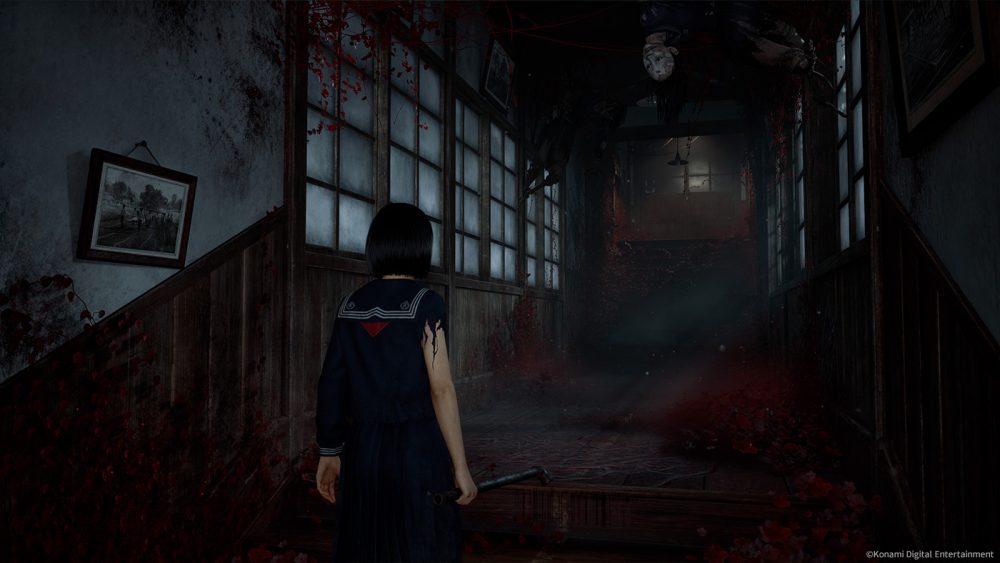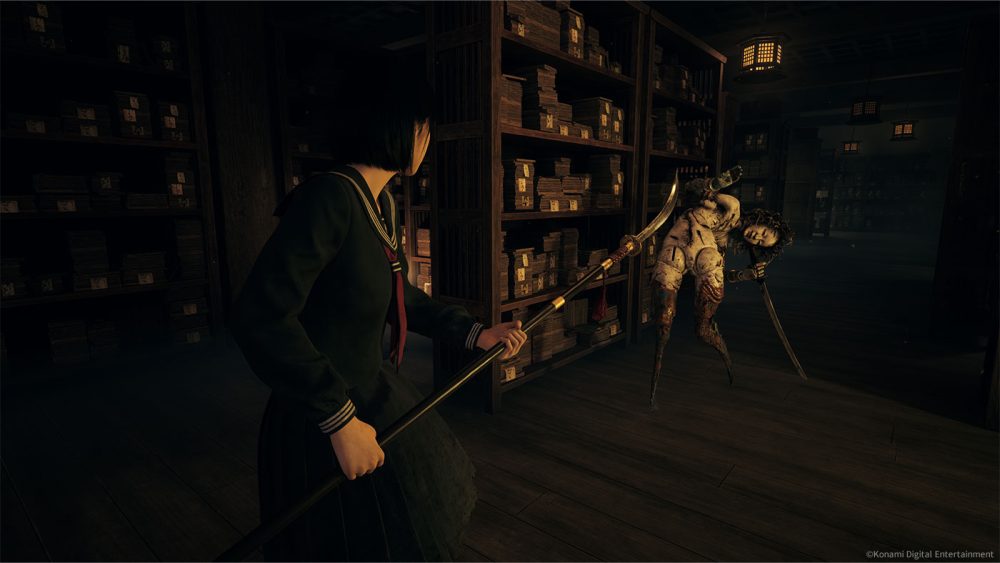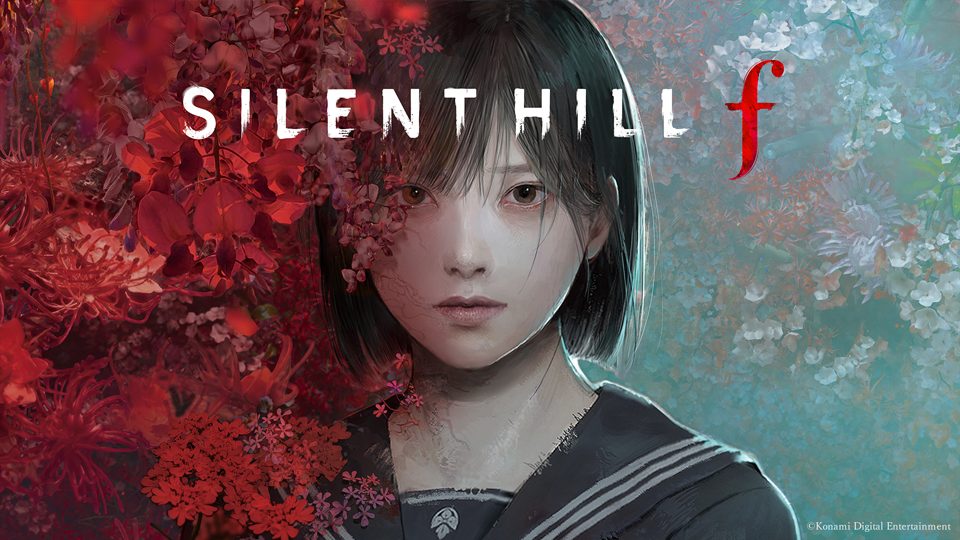TL;DR
Silent Hill F promises a fresh, Japanese-infused take on the classic horror series with a compelling narrative and atmosphere. While the environments are evocative and the music nails the melancholic Silent Hill vibe, the gameplay falls flat. Clunky, unresponsive combat, frustrating enemy encounters, and a camera that fights you turn exploration into a chore. Layered RPG mechanics like stamina and weapon durability feel more like an interface struggle than genuine pressure. Despite moments of brilliance in its psychological horror and monster design, the core mechanics are so flawed that they overshadow the game's potential. It's a beautiful disaster that ultimately disappoints. Read the full review to understand exactly where it misses the mark.
Silent Hill F is a game that carries a significant legacy. After years of silence and fans’ fervent longing for a return to the iconic foggy city of horror, this game promised a fresh direction – a dark, Japanese-influenced narrative, not set in Silent Hill itself, but within a Japanese village, while retaining the series’ signature focus on psychological horror and character drama. Initially, several aspects inspire optimism: the environments are atmospheric, the music captures the classically melancholic Silent Hill sound, and the narrative offers both emotional depth and evocative, grotesque symbolism. However, these strengths ultimately prove insufficient to elevate the overall experience. Upon engaging with the gameplay, it quickly becomes evident that Silent Hill ƒ struggles significantly with its core identity, particularly concerning its combat system and ostensibly integrated RPG mechanics.

The combat system stands as the game’s most significant drawback. From the outset, combat engagements feel sluggish, cumbersome, and unresponsive. Prolonged attack animations frequently leave the player vulnerable and severely restrict evasive maneuvers. While such a design could potentially contribute to a sense of deliberate pacing if encounters were sparse and impactful, the game instead overwhelms the player with numerous tough, resilient adversaries that demand an excessive number of hits to defeat. Consequently, combat sequences fail to convey a sense of genuine peril, instead devolving into persistent frustration. Within the initial two hours of gameplay, the combat system quickly proved to be a source of significant tedium. Compounding these issues, the camera frequently exacerbates difficulties, particularly in the numerous confined corridors, while the lock-on system demonstrates notable inconsistency. The absence of precision and fluidity undermines the tension crucial for effective horror gameplay.
Further exacerbating the experience, the game attempts to layer numerous additional mechanics onto the already cumbersome combat system. Elements such as stamina meters, endurance values, weapon durability, and a rudimentary “sanity” system are ostensibly designed to enhance realism and pressure. However, in practice, these mechanics often translate into a persistent struggle against the game’s interface rather than against its intended horror elements. Weapons degrade at an accelerated rate, resources are uninspired in their scarcity, and enemy AI frequently compels players to retreat to defensive positions, awaiting stamina regeneration.
The promised RPG elements held the potential to introduce strategic depth, yet their implementation is largely ineffective, often serving merely as justification for repetitive grinding. The upgrade systems for health, endurance, and special effects, facilitated by various items such as the enigmatic Omamoris, suffer from a significant lack of balance. These upgrades rarely impact the game’s progression in a substantial manner, functioning more as superficial augmentations than genuine strategic choices. While the underlying concepts possess inherent potential, the failure of the core mechanics transforms these supplementary layers into yet another impediment between the player and an immersive experience.

It is regrettable, as Silent Hill ƒ undeniably features moments of genuine brilliance. The psychological narrative is occasionally gripping, the monster design demonstrates originality, and the serene musical score successfully evokes the melancholic essence that defined the classic entries in the series. The atmosphere is meticulously crafted, effectively conveying themes of lost identity, guilt, and distorted reality. Regrettably, this emotional depth is consistently undermined by the mediocre gameplay. Players frequently find themselves contending with the game’s control scheme rather than its intended horrors, leading to recurring frustration.
Ultimately, Silent Hill ƒ presents as a title with compelling conceptual underpinnings but critically flawed execution. It aspires to achieve a great deal but consistently falls short in its most crucial aspect: playability. The game struggles to establish itself convincingly as either a compelling pure horror experience or a proficient action title. The outcome is an ambiguous experience: a game that occasionally impresses with its atmosphere, yet frequently falters under the weight of its own mechanical shortcomings.
While not entirely without merit, it conspicuously falls short of the triumphant return Silent Hill fans had anticipated. Instead, it serves as a stark reminder that impressive aesthetics and commendable intentions cannot compensate for a fundamentally unsound gameplay foundation. For a more satisfying experience, players are advised to consider the remake of Silent Hill 2.
Konami provided a review code for evaluation. The provision of review material does not exert editorial influence on our reviews.
